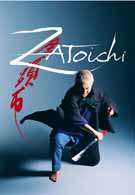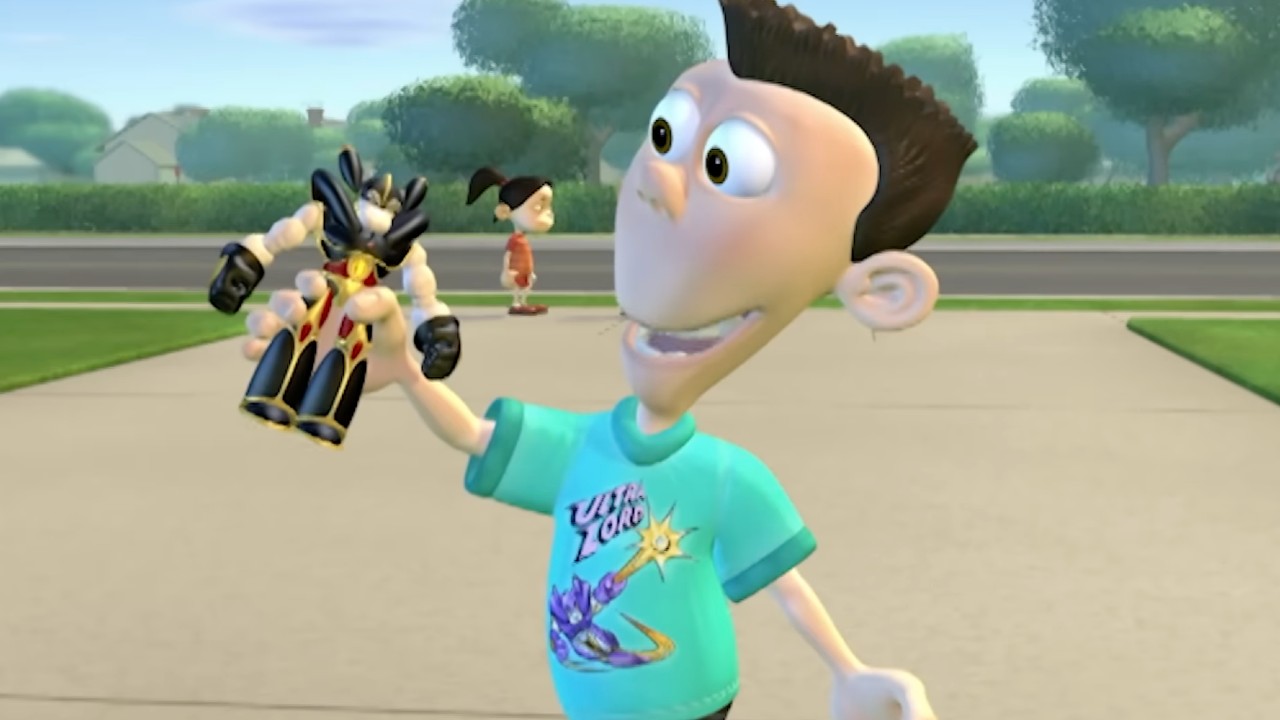The blind swordsman Zatoichi is to Japanese cinema what James Bond is to American cinema: an iconic hero whose long-running presence has made him a staple of the country’s cinematic history. The difference, though, is that unlike James Bond, who has been replaced by different actors every few years, the role of Zatoichi was consistently played by Japanese actor Shintarô Katsu from 1963 to 1989 on twenty separate occasions. Unfortunately, Katsu passed away in 1997 and seemingly with him any chance of another entry in this long-running series. Nevertheless, Director Takeshi Kitano (or “Beat” Takeshi, to some) has now resurrected the franchise with the sequel-cum-remake, The Blind Swordsman: Zatoichi.
Zatoichi (Kitano) is a blind nomad who makes his living as a masseur and gambler in 19th century Japan. Like the man with no name in Sergio Leone’s classic western trilogy (A Fistful of Dollars, For a Few Dollars More, and The Good, the Bad, and the Ugly), he is a man without a past. He is also a master swordsman, despite his sightlessness, gifted with the precision and draw of even the most deadly samurai. While wandering, he makes his way into a remote village that is controlled by a ruthless gang leader named Ginzo (Ittoku Kishebe), who clears out anyone in his way.
One night after gambling, Zatoichi encounters a pair of geishas (Yuuko Daike, Daigorô Tachibana) who have to come to the village to avenge their parents’ murder at the hands of Ginzo. Together, the blind swordsman and the geishas unite to rid the village of any corruption and bring it peace.
The drama focuses on the two geishas, who were orphaned at a young age and protected each other from the rest of the world. The most brutal scene shows a flashback from many years ago in which the geishas, one of whom is actually a boy, struggle to find work. When they find themselves constantly at risk of being taken advantage of, the boy sacrifices himself for his sister, and offers his company to a pedophiliac stranger. The scene, powerful yet subtle, perfectly displays the sacrifice one is willing to make for his own flesh and blood.
The Blind Swordsman: Zatoichi is intended to be equal parts action epic and lighthearted comedy. In many ways, it fails and succeeds in both departments. The fight scenes are well-choreographed and easy on the eyes, pulling the camera back a few steps for the action to be seen clearly. Though none of the clashes have the delicate grace of Crouching Tiger, Hidden Dragon or the furor of The Matrix (which was heavily influenced by martial arts cinema), these brief flashes of mayhem are exciting. The humor of the action comes from the simple fact that this daring and unstoppable hero is blind. But his defense does not seem stronger because his opponents are dimwitted or slow. Zatoichi’s physical prowess reflects the mind of a man who is so in tune with the world around him, he need not open his eyes to defend against attack.
Oddly, though, it is in the action that the film’s most prominent flaw lies. Director Kitano set out to make the fight scenes as realistic as possible but for the blood itself to be exaggerated. The bloodletting is not exaggerated in the same comical style as Kill Bill: Volume 1. Rather, it is displayed in a computer-generated flow that has what the director intended to be flowers blossoming across the screen. According to the director, this was meant to “soften the shock to the audience” because of the high body count (which is not as high as it feels it is), but the result is cartoonish and cuts into the realism, forcing us to take the action less seriously.
Sprinkled with hints of raw power, The Blind Swordsman: Zatoichi is still something of a missed opportunity. Though there is much to enjoy in the sight of seeing a blind man destroy hordes of samurai, I only wish there would have been more sights to take pleasure in.
Your Daily Blend of Entertainment News

